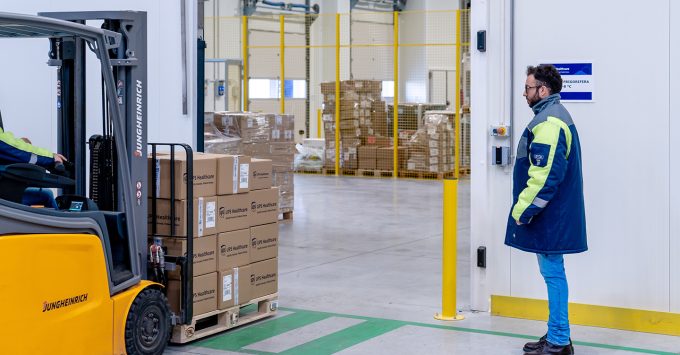FedEx: it sucks out there, forget inventory build-up
One positive: LTL spin-off…

UPS’s expansion in the healthcare logistics sector is about more than a push to boost income from a profitable sector: the integrators are facing some difficult strategic choices.
Last week, UPS strengthened its position in the healthcare field in Europe with the acquisition of Frigo-Trans and its sister company BPL, which specialise in time-critical cold chain logistics and warehousing with temperature zones as low as -196ºC.
In light of the integrator’s previous moves in this arena, it was hardly surprising, but it ...
Volcanic disruption at Anchorage could hit transpacific airfreight operations
Macron calls for ‘suspension’ – CMA CGM's $20bn US investment in doubt
Forwarders stay cool as US 'liberation day' tariffs threaten 'global trade war'
De minimis exemption on shipments from China to the US will end in May
Shippers snap up airfreight capacity to US ahead of tariff deadline
Tighter EU import requirements proving 'a challenge' for forwarders
Looming Trump tariffs will create 'a bureaucratic monster' for Customs

Comment on this article